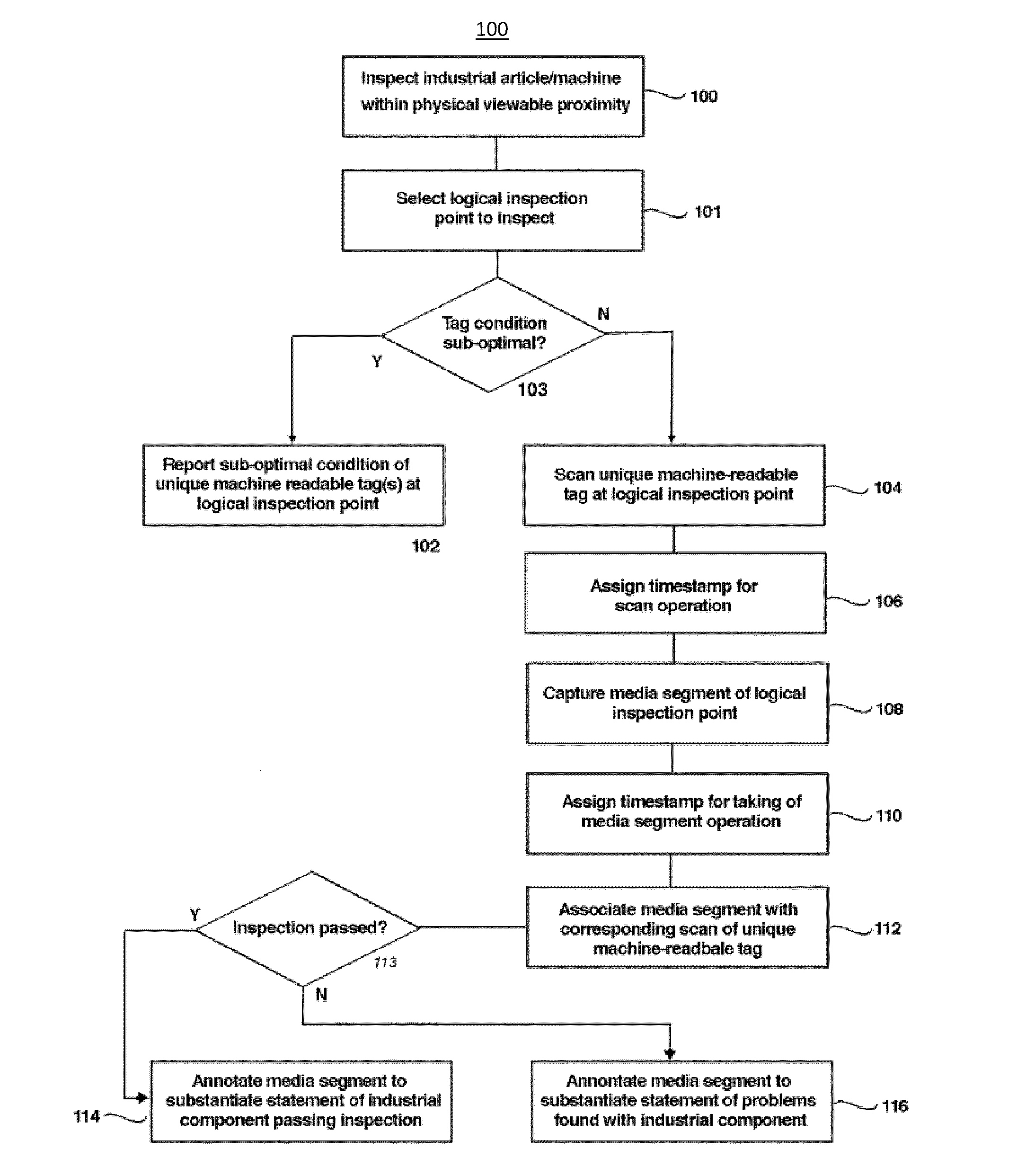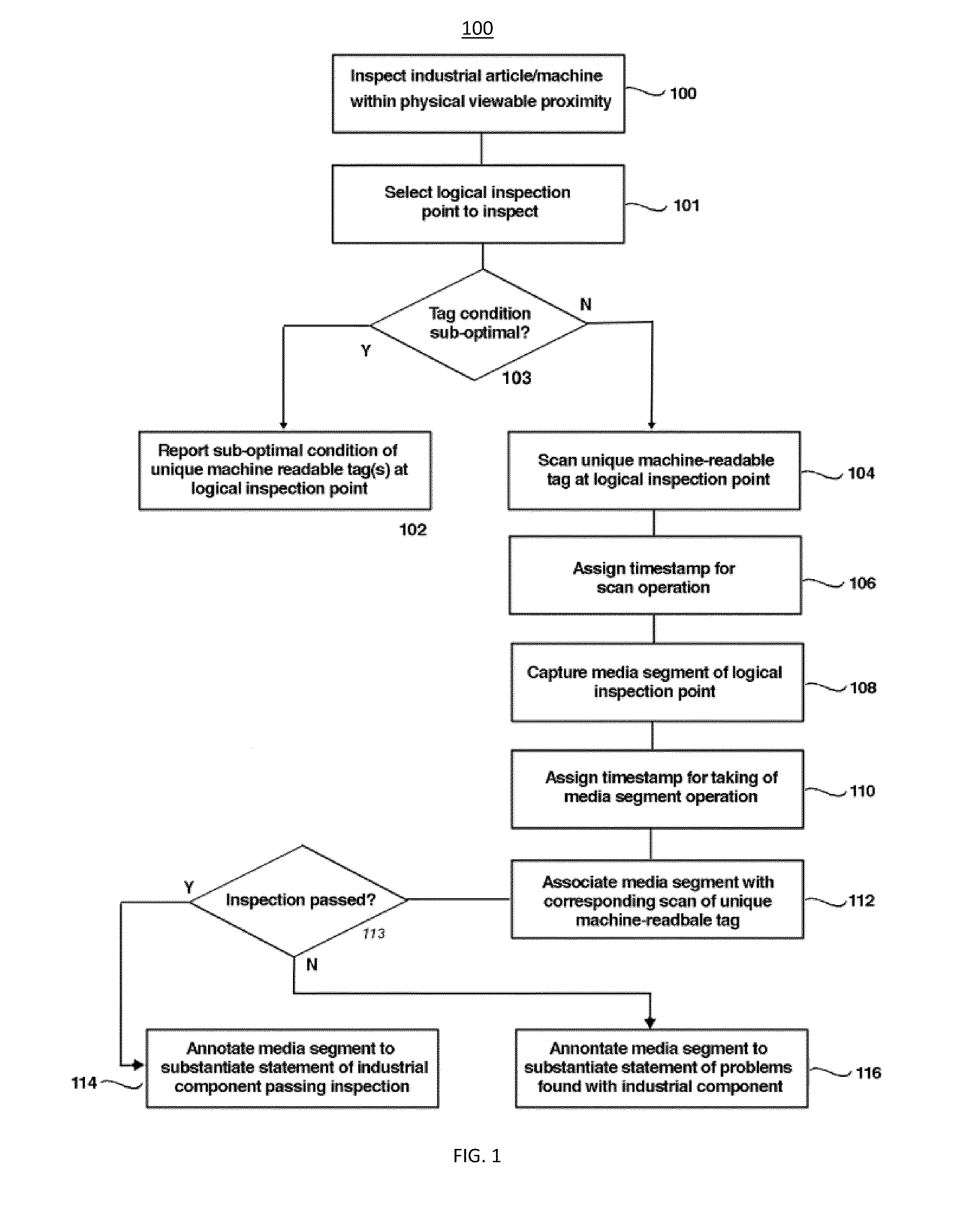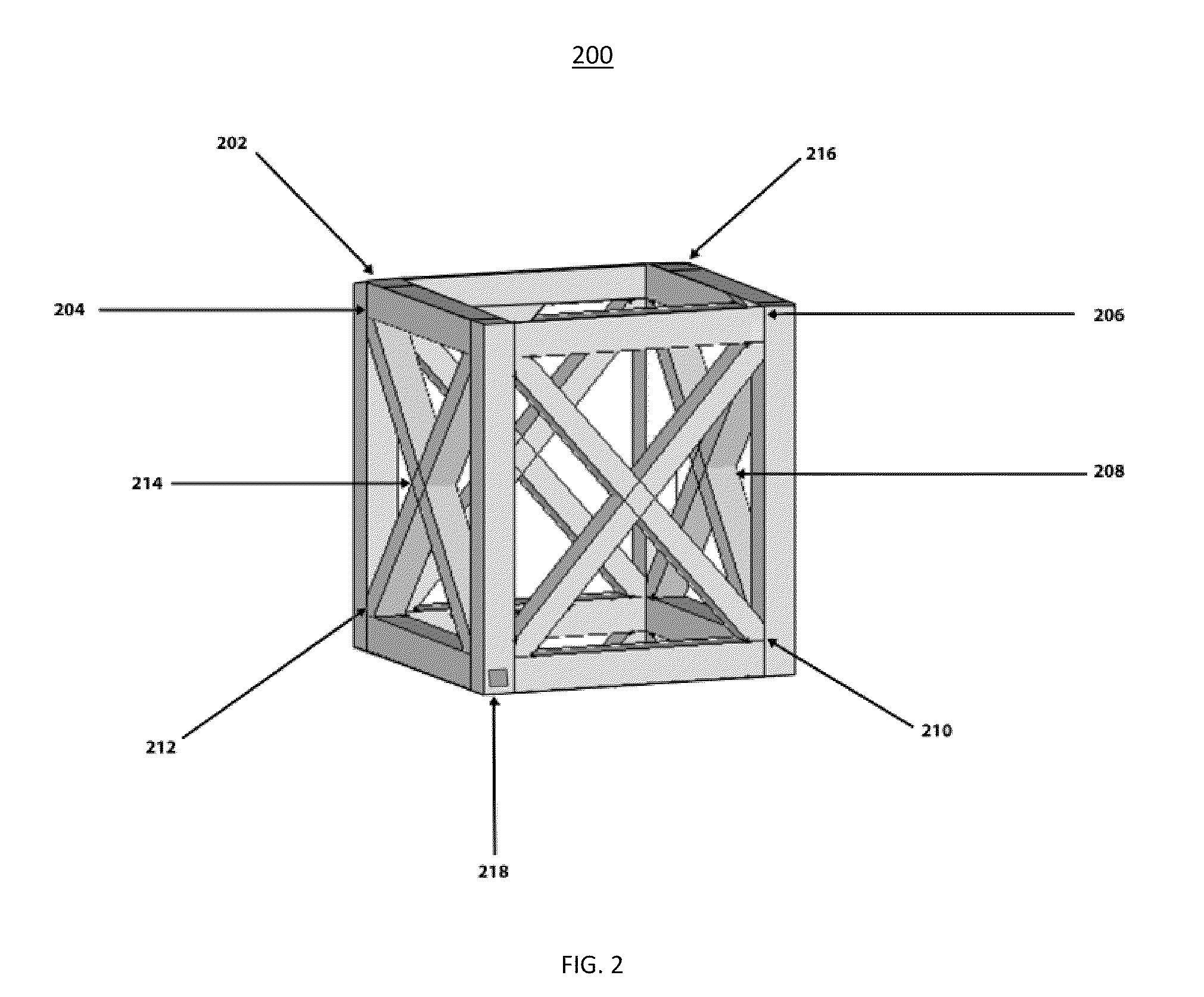4), which amounts to an average of 44 fatal crane accidents per year, with an average of one
human life lost per crane accident.
The number of crane-related deaths are on the rise since those statistics were compiled, due to a number of factors, including an increase in the number of construction projects, an increase in the size of the construction projects, and an increase in the economic pressures to complete construction projects on time and under budget, which have resulted in shortcuts many consider to be unsafe.
A
rash of crane accidents is occurring around the country resulting in national and international news.
These construction projects are on extremely tight time and budget schedules because of the economic realities of
high energy, and specifically
petroleum, prices.
The result has been an unprecedented number of deadly, costly, and highly publicized crane accidents.
For example, on Jun. 18, 2008, a crane accident at a Texas
oil refinery killed four people and injured six others.
On May 30, 2008, a crane accident in New York City killed two workers when the boom and cab snapped off the turntable and fell, apparently because of a bad weld in the rotating plate.
Proper inspections were not carried out on the crane, and the New York City Buildings Department Head was fired by the Mayor over this and another preceding incident.
On Mar. 25, 2008, a crane accident in Miami killed two workers in the fall of a 20-foot section that was being lifted to extend the height of the crane.
On Mar. 15, 2008, a second crane accident in New York City killed seven people when a piece of nylon
webbing broke, dropping a six-
ton metal collar that was being installed.
Proper inspections were not carried out on the crane, the construction site had numerous safety violations, and neighbors, residents, and
passer-by's complained and lodged reports of unsafe activity and operation of the crane.
Strong heavy
construction industry growth, especially in the oil,
natural gas, and energy field, as a result of the high price of
crude oil and energy, has resulted in the hiring of many workers, a large proportion of whom may be inadequately trained.
It is evident that many crane hazards go unnoticed or that efforts to prevent crane accidents are not effectively implemented.
Traditional crane safety training is not sufficient to enable crane operators to detect and eliminate crane hazards.
Motivating crane operators, workers, independent contractors, management, and apparently safety officers themselves to fully follow all safety guidelines at all times is perhaps the greatest challenge.
Human lives are lost unnecessarily every year because recognized and known safety procedures are not followed, overlooked, or even ignored.
Construction accidents are not only bad for worker morale, but they bring bad press and hinder worker recruitment.
They are also huge financial and logistical liabilities.
Even with safety programs in place, historical claims data indicates construction is a potentially highly risky venture financially, especially in large industrial projects.
For example, Zachry Construction Company estimates that one day's
delay in the construction of an
oil refinery or power
plant can cost Zachry over $300,000 in liquidated damages arising from guaranteed delivery contracts with the
plant owners.
A fatality, or any serious accident at a construction site, inevitably leads to delays of
multiple days or even weeks, disrupting construction work, both for site clean-up, internal inspections, as well as OSHA inspections.
Some costs may have balance sheet implications, yet are hard to define, especially for large complex projects involving
petroleum.
The time required to replace
mission critical infrastructure damaged in an accident is generally long.
The loss of corporate reputation and goodwill, intangible and often unrecoverable assets, is substantial in the event of a crane accident.
However, the
industrial inspection system typically requires complicated and extended setup and configuration operation, including the installation and setups of hundreds, or thousands, or RFID tags, associated meta-data, associated reference documents, etc.
 Login to View More
Login to View More  Login to View More
Login to View More 


